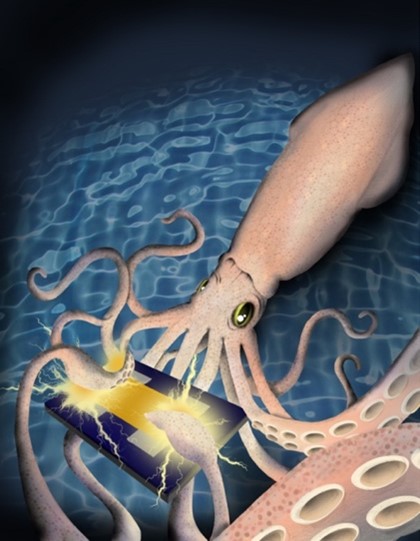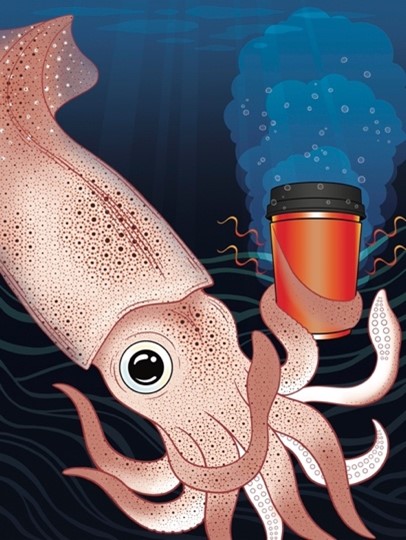Event postponed: New date will be announced soon
Abstract
Cephalopods (e.g., squids, octopuses, and cuttlefish) have captured the imagination of both the general public and scientists alike due to their sophisticated neurophysiologies, visually stunning camouflage displays, and complex behavioral patterns. Given such characteristics, it is not surprising that these marine invertebrates have emerged as exciting technological paradigms in bioinspired photonics and biomolecular electronics. Within this context, our laboratory has focused on the development of cephalopod-inspired systems and cephalopod-derived materials with unique capabilities and functionalities. In one recent research thrust, we have leveraged the cephalopod protein reflectin for engineering the optical properties of mammalian cells, while recently extending these efforts to new types of bioelectronic devices relevant for regenerative medicine applications. In another representative research thrust, we have designed and validated new concepts for adaptive infrared camouflage, while recently building upon this work for the fabrication of octopus-inspired multifunctional deception and signaling platforms. The understanding of structure-optical function relationships in cephalopods gained from such studies has suggested exciting future technological opportunities in materials science, tunable optics, and biological engineering.


Biosketch
Cephalopods (e.g., squids, octopuses, and cuttlefish) have captured the imagination of both the general public and scientists alike due to their sophisticated neurophysiologies, visually stunning camouflage displays, and complex behavioral patterns. Given such characteristics, it is not surprising that these marine invertebrates have emerged as exciting technological paradigms in bioinspired photonics and biomolecular electronics. Within this context, our laboratory has focused on the development of cephalopod-inspired systems and cephalopod-derived materials with unique capabilities and functionalities. In one recent research thrust, we have leveraged the cephalopod protein reflectin for engineering the optical properties of mammalian cells, while recently extending these efforts to new types of bioelectronic devices relevant for regenerative medicine applications. In another representative research thrust, we have designed and validated new concepts for adaptive infrared camouflage, while recently building upon this work for the fabrication of octopus-inspired multifunctional deception and signaling platforms. The understanding of structure-optical function relationships in cephalopods gained from such studies has suggested exciting future technological opportunities in materials science, tunable optics, and biological engineering.

Department of Chemical and Biomolecular Engineering
Department of Materials Science and Engineering
Department of Chemistry
University of California, Irvine, Irvine, CA
